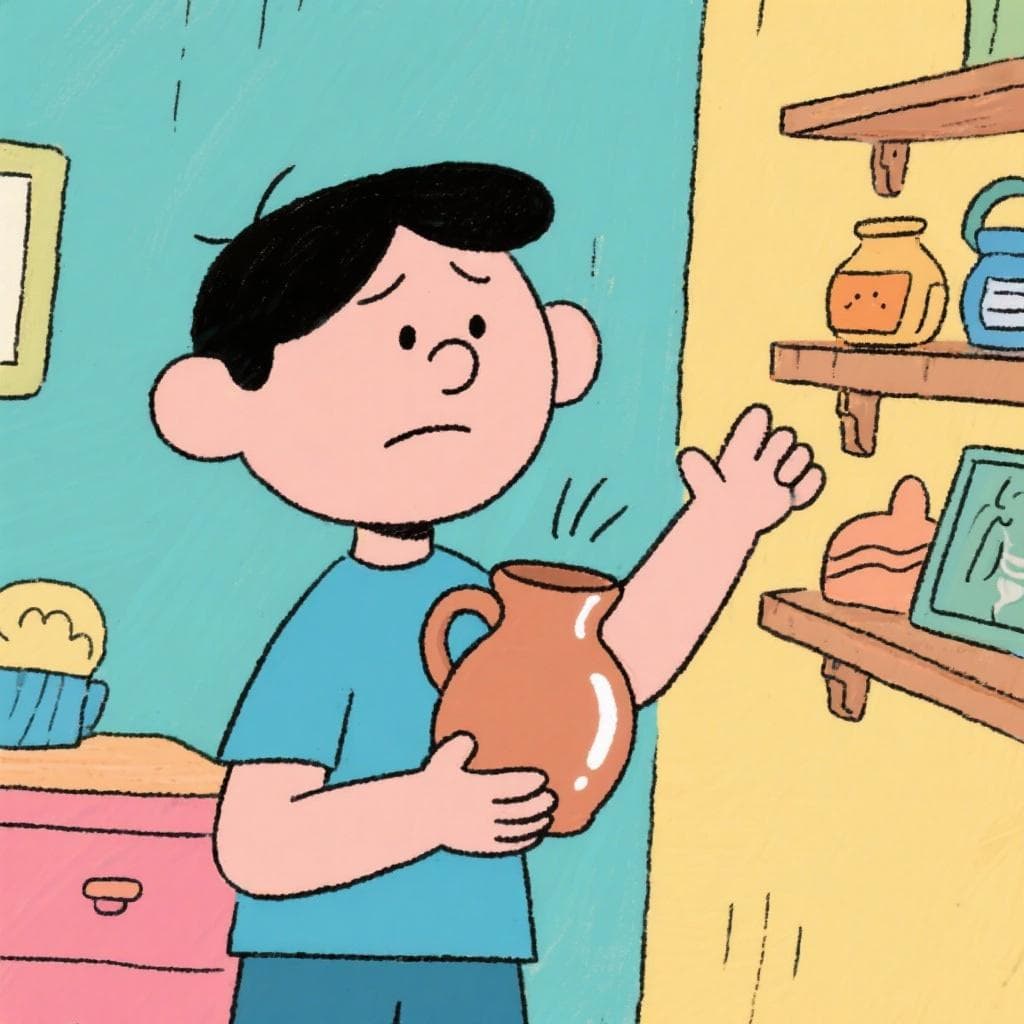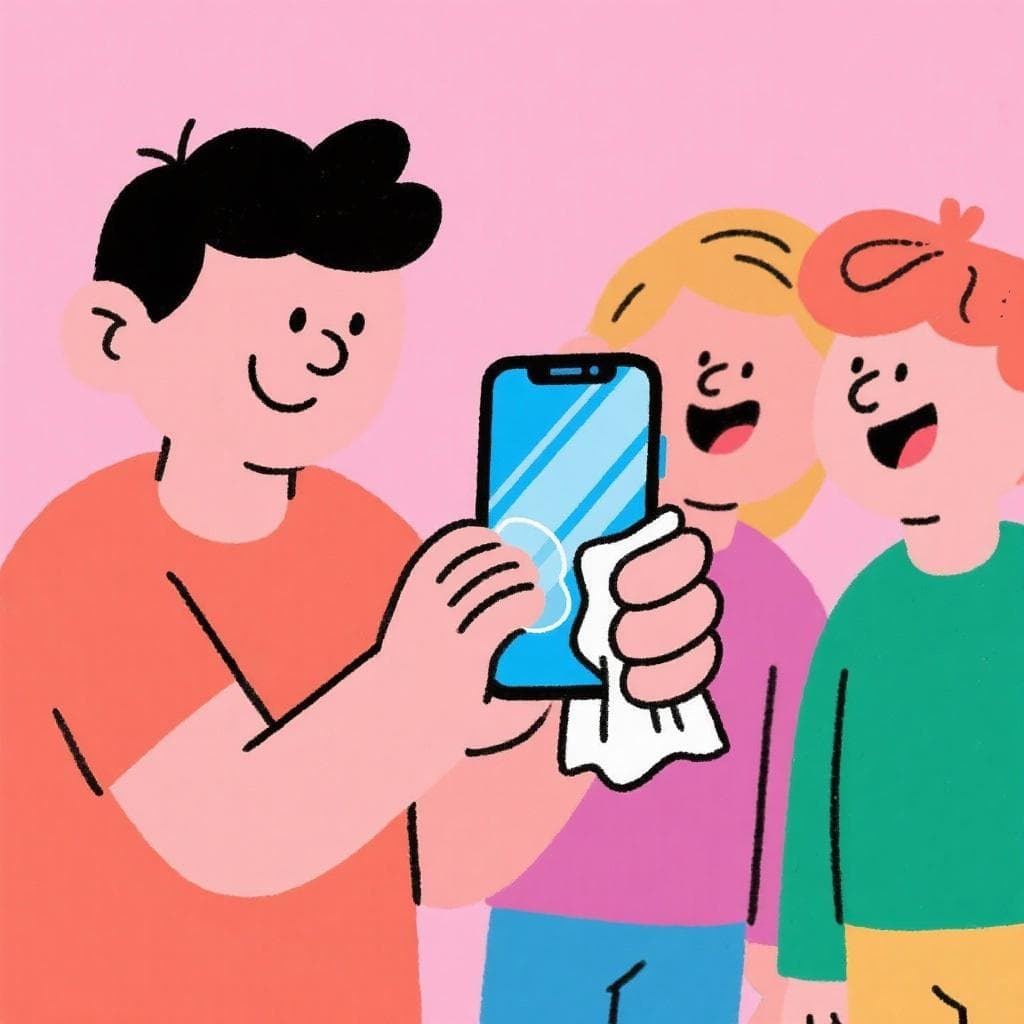Jarrito nuevo, ¿dónde te pondré?
/hah-RREE-toh NWEH-boh, DOHN-deh teh pohn-DREH?/
Describes the excessive enthusiasm and special care given to a new possession, relationship, or hobby, with the implication that this excitement will eventually fade.
💡 Understanding the Idiom
🎨 Literal vs. Figurative

Literally, this means 'New little jug, where will I put you?'

It describes the initial excitement and over-the-top care we give to new things.
Key Words in This Idiom:
📝 In Action
Compró su coche nuevo y no deja que nadie se acerque. Es el clásico 'jarrito nuevo, ¿dónde te pondré?'.
C1He bought his new car and won't let anyone near it. It's the classic 'new favorite toy' situation.
Está enamoradísimo y no para de hablar de su novia. Ya se le pasará, es puro 'jarrito nuevo, ¿dónde te pondré?'.
C1He's head over heels and won't stop talking about his girlfriend. It'll pass, it's just that initial 'new relationship energy'.
📜 Origin Story
This charming phrase comes from the everyday experience of getting a brand new item, like a beautiful clay jug ('jarrito'). At first, you're so proud and protective of it that you agonize over the perfect place to display it. You want everyone to see it, but you also want it to be perfectly safe. The saying captures this initial, slightly obsessive period of care that, as we all know, tends to fade once the novelty wears off.
⭐ Usage Tips
Observing Others
Use this phrase to comment on someone else's behavior with a new item, hobby, or even a relationship. It's often said with a knowing, slightly amused tone.
A Touch of Irony
It gently implies that the intense fascination won't last forever. It's a kind way of saying 'the novelty will wear off' without being negative.
❌ Common Pitfalls
Not for Serious Criticism
Mistake: "Using it to seriously criticize someone for being materialistic or shallow."
Correction: This is a lighthearted, observational phrase. Using it in a truly critical or angry way would be unusual. It's more of a gentle tease about a very human behavior.
📚 Related Grammar
Want to understand the grammar behind this idiom? Explore these lessons for a deep dive:
The Simple Future Tense
The main verb in the idiom, 'pondré' (I will put), is a clear example of the simple future tense, used to ask about an action that will take place later.
Indirect Object Pronouns (me, te, le, nos, os, les)
The pronoun 'te' in '¿dónde te pondré?' shows that the speaker is addressing the object (the little jug) directly, treating it as a person.
🌎 Where It's Used
Mexico
Extremely common and culturally significant. 'Jarritos' are a common part of Mexican life, making the idiom very relatable.
Central America
Understood in some countries, but much less common than in Mexico.
Spain
Generally not used or recognized. A Spaniard would likely understand the literal words but not the idiomatic meaning.
🔗 Related Idioms
✏️ Quick Practice
💡 Quick Quiz: Jarrito nuevo, ¿dónde te pondré?
Question 1 of 1
You might say 'Jarrito nuevo, ¿dónde te pondré?' when your friend...
🏷️ Tags
Frequently Asked Questions
Can I use this phrase for a new person, like a new friend or partner?
Yes, absolutely! It's very common to use it when someone is in the 'honeymoon phase' of a new relationship (romantic or platonic) and seems completely infatuated, giving them all their attention.

